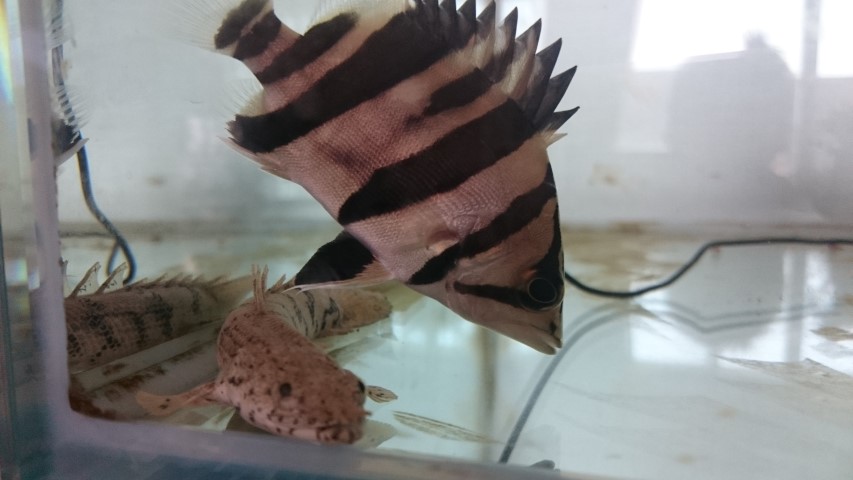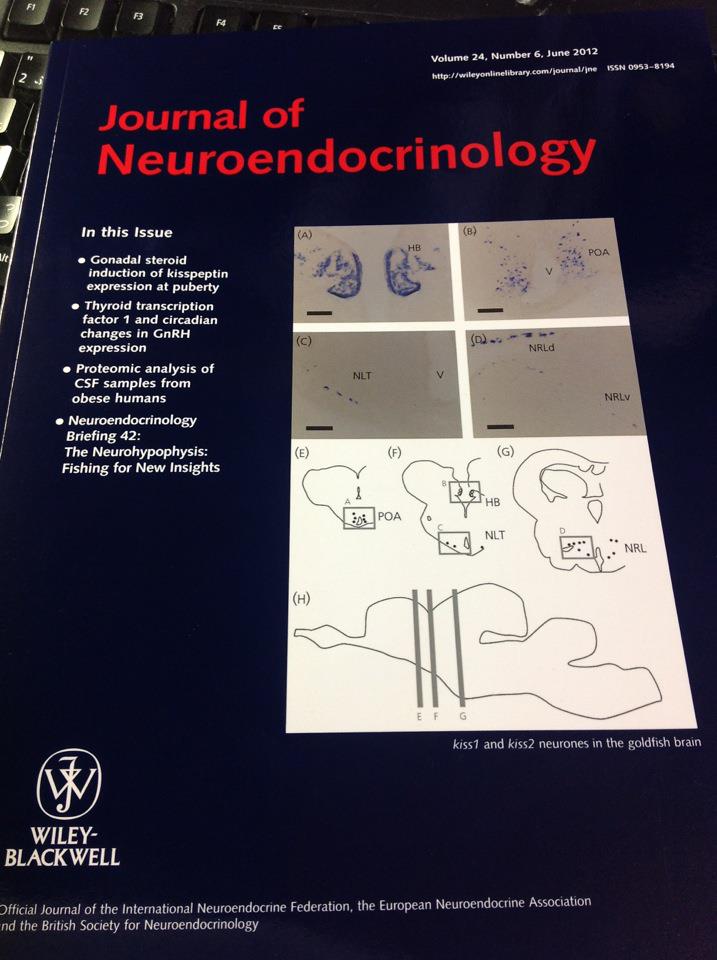|
Comparative Anatomical, Physiological Studies of reproductive neuroendocrinology ~Leading to an evolutionary model |
 |
Lab of Biological Signaling, Department of Biological Sciences, Graduate School of Science, The University of Tokyo, Shinji Kanda
Lab Photos (Lab of Biological Signaling)concept
Researchesconcept
One of the mostsignificant advantages of using small teleosts is that one person can accomplish every processes from generation of transgenic/knockout to physiological analyses such as patch clamp and Ca2+ imaging.
Moreover, brain itself is small enough to be recorded without preparing slice preparations, which enables recording without disrupting synaptic connection from other brain area. Of cause, there are many things that mammalian brains prefer, we are mainly taking research methods that are difficult in mammalian brains.
Now we are elucidating various neural circuits, mainly in neuroendocrinological regulation, by using transgenic/knockout medaka. During such analysis, we found some strange phenominones that may give us hints to understand why similar paralogous genes are existing in a single organisim. We are also studying this evolurionary mystery using neuropeptidergic neurons as a model.
Moreover, brain itself is small enough to be recorded without preparing slice preparations, which enables recording without disrupting synaptic connection from other brain area. Of cause, there are many things that mammalian brains prefer, we are mainly taking research methods that are difficult in mammalian brains.
Now we are elucidating various neural circuits, mainly in neuroendocrinological regulation, by using transgenic/knockout medaka. During such analysis, we found some strange phenominones that may give us hints to understand why similar paralogous genes are existing in a single organisim. We are also studying this evolurionary mystery using neuropeptidergic neurons as a model.
- Understanding Kisspeptin neuron circuits, and finding their hidden novel functions
- Paralogous gene evolution. Merits of the subfunctionalization.
- Functional characterization of the only ionotropic monoamine receptor, 5HT3
Understanding Kisspeptin neuron circuits, and finding their hidden novel functions
Kisspeptin is very famous for its essential regulation on mammalian reproduction. Without kiss, mammalian species like mice and human cannnot reproduce, which gives us a crinical impacts as well.
However, our study and other groups' studies do NOT support such reprductive regulation in NON-Mammalian species.
In medaka, we found first kisspeptin neurons in non-mammalian species by in situ hybridization. Moreover, OVX study and comparison between breeding/non-breeding conditoioned medaka strongly suggested that Kisspeptin neurons are sensitive to serum steroid concentration, and playing some roles in breeding condition- specific matter(Kanda et al., 2008)B
Steroid sensitive kiss2 neurons in goldfih POA
Evolutionary hypothesis of a paralogous gene pair. See Evolutionary insights into the steroid sensitive kiss1 and kiss2 neurons in the vertebrate brain.
Paralogous gene evolution. Merits of the subfunctionalization.
¦GreenFFSH cellAMagentaFLH cells in medaka; double in situ hybridization
Functional characterization of the only ionotropic monoamine receptor, 5HT3
Anatomical and functional characterization of 5ht3, the only ionotropic monoamine receptor, by using knockout and GFP labeled medaka are ongoing.

shop info.Xάξρ
Shinji Kanda, Ph.D
Department of Biological Sciences
Graduate School of Science, The University of Tokyo,
7-3-1 Hongo, Bunkyo, Tokyo. 113-0033
TEL.+81-3-5841-4439
FAX.+81-3-5841-4439
shinji<at>bs.s.u-tokyo.ac.jp



